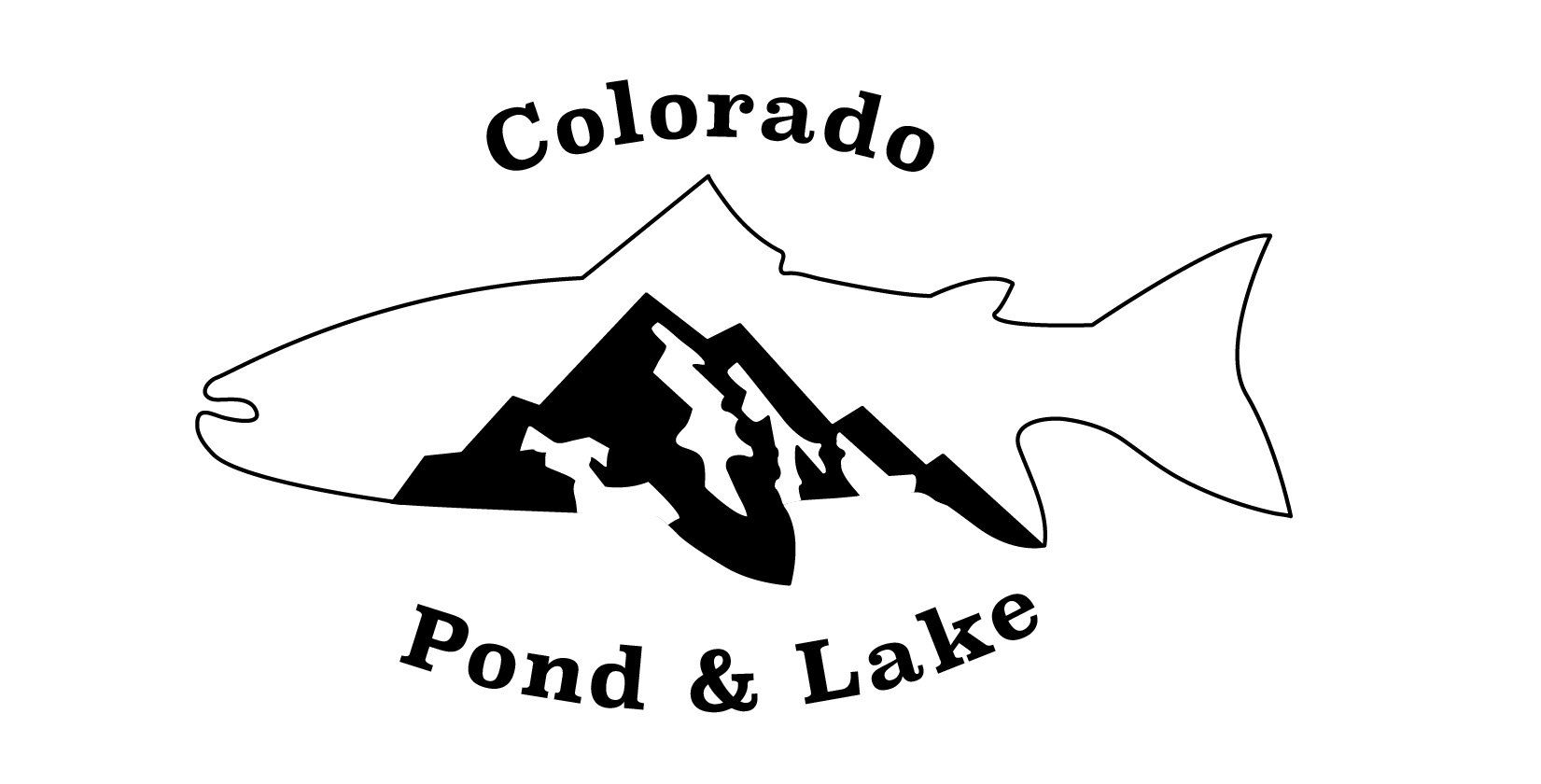Algae and Vegetation Control in Colorado Ponds and Lakes
Now you see me, now you don't

The use of EPA-approved, environmentally safe algaecides and herbicides is sometimes necessary to maintain water quality, fishery health, and ecological balance in aquatic environments. Ponds and lakes are susceptible to various ecological challenges, including overgrowth of algae, vegetation, and invasive species that can negatively impact the overall health of the water body. These issues can lead to imbalances in nutrient levels, reduced oxygen availability, and compromised habitat for fish and other aquatic life.
One of the primary concerns addressed by these products is the proliferation of algae, which can take various forms such as filamentous algae, cellular algae, planktonic algae, and even toxic blue-green algae. Excessive algal growth, commonly referred to as pond scum, not only impairs water quality but also hinders light penetration, limiting the growth of beneficial submerged vegetation. Algaecides are instrumental in controlling algae blooms, preserving water clarity, and preventing the dominance of specific algae species, including toxic variants that can pose threats to aquatic life and human health.
In addition to algae, aquatic vegetation like duckweed, pondweed, milfoil, hybrid milfoil, Eurasian milfoil, sago pondweed, and longleaf pondweed can become problematic. Unchecked vegetation growth may lead to habitat degradation, hindering fish movement, spawning, and overall fishery health. Herbicides designed for aquatic use can selectively target undesirable vegetation, promoting a balanced and diverse underwater habitat that is conducive to both fish and macroinvertebrates.
Cattails, though a natural part of many aquatic ecosystems, can become invasive and negatively impact water quality and fishery health. Herbicides can be employed to manage cattail populations, preventing them from dominating the shoreline and impeding access to the water for anglers while preserving the natural balance of the ecosystem.
Moreover, the use of algaecides and herbicides helps in controlling invasive macroinvertebrates and pond insects that may disrupt the ecological balance. By targeting specific nuisance species, these products allow native macroinvertebrates to thrive, sustaining a healthy aquatic food web.
Colorado Pond and Lake has established itself as a leader in the application of products designed to control algae and aquatic vegetation, demonstrating expertise in a precise and environmentally responsible approach. Our company takes pride in its commitment to water quality, fishery health, and ecological balance, and we understand the importance of using such products judiciously.
Our team of experts at Colorado Pond and Lake is well-versed in the nuances of pond and lake management, possessing a deep understanding of the diverse aquatic ecosystems across the state of Colorado. We recognize that each water body is unique, with distinct characteristics and challenges. Therefore, our approach involves a thorough assessment of the specific conditions, including the types of algae, vegetation, and invasive species present, before recommending any product application.




